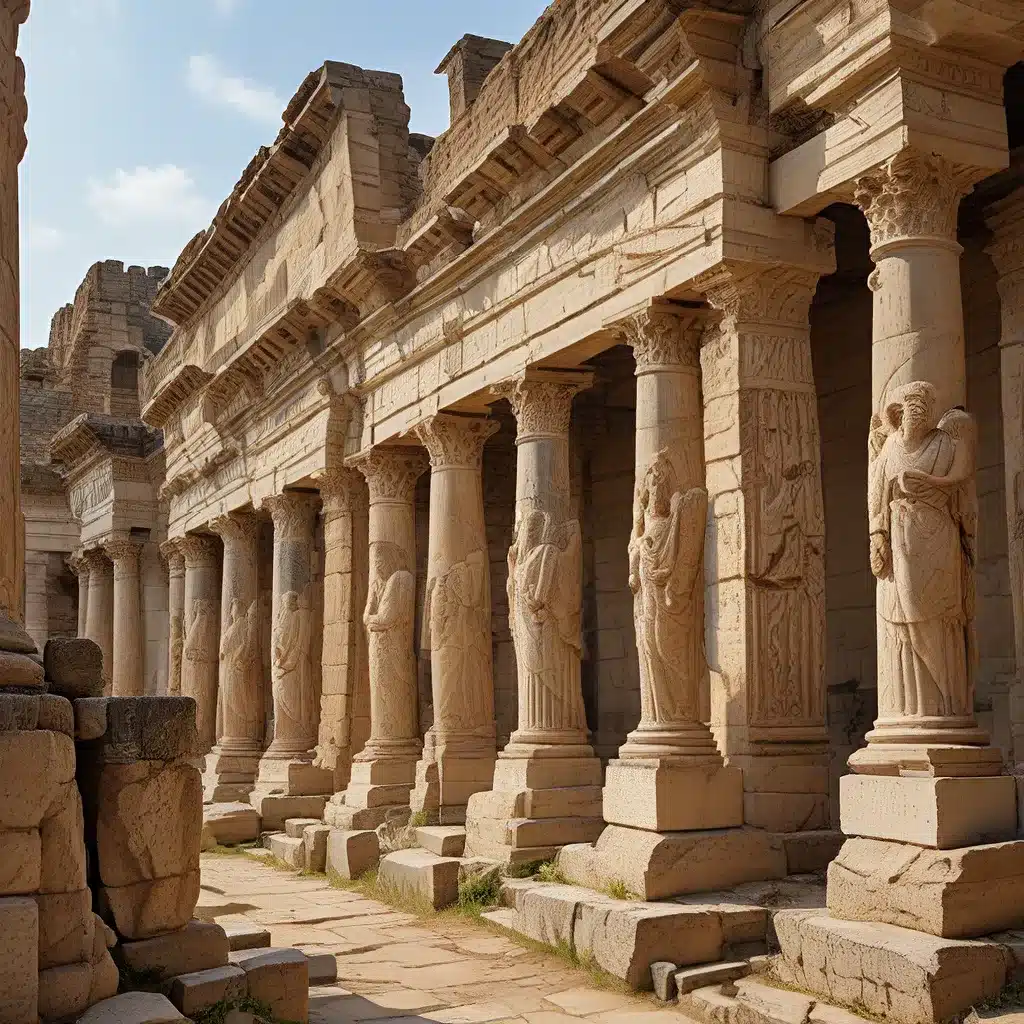
The Rise and Rediscovery of Ancient Mesopotamian Civilizations
The Forgotten Treasures of the Ancient World
For centuries, the remarkable accomplishments and cultural legacies of ancient Mesopotamian civilizations remained shrouded in obscurity. Despite being the cradle of some of the world’s earliest and most sophisticated societies, the rich heritage of Sumer, Babylon, and Assyria had been lost to the sands of time. That is, until the remarkable archaeological discoveries of the 19th century ignited a renaissance of interest in these long-forgotten empires.
The story begins with the pioneering efforts of intrepid explorers like Austen Henry Layard and Paul Émile Botta, who ventured into the remote regions of modern-day Iraq and uncovered the buried ruins of ancient Mesopotamian cities. Through their painstaking excavations, a trove of cuneiform tablets, colossal stone sculptures, and other remarkable artifacts were unearthed, shedding new light on the remarkable achievements of these ancient cultures.
The Epic of Gilgamesh: Rediscovering a Lost Masterpiece
Perhaps the most significant discovery to emerge from these excavations was the Epic of Gilgamesh – an ancient Sumerian poem that had been lost for over two millennia. Rediscovered in the mid-19th century by the British Museum curator George Smith, this extraordinary literary work captivated the Victorian public and sparked a renewed fascination with the civilizations of the ancient Near East.
The Epic of Gilgamesh tells the story of a legendary Sumerian king who embarks on a quest for immortality, encountering numerous challenges and mythical beings along the way. With its themes of mortality, friendship, and the search for meaning, the epic resonated deeply with Victorian-era readers, who were grappling with the implications of Darwinian evolution and the perceived decline of religious faith.
The rediscovery of this ancient masterpiece had a profound impact on the intellectual and cultural landscape of the time. It challenged long-held assumptions about the origins of Western civilization, forcing scholars to reconsider the role of Mesopotamian cultures in shaping the development of literature, religion, and philosophy.
The Gilgamesh Controversy and the Rewriting of History
The emergence of the Epic of Gilgamesh into the public consciousness sparked a heated debate that came to be known as the “Gilgamesh Controversy.” This controversy pitted biblical scholars and theologians against archaeologists and linguists, as they grappled with the implications of this newfound evidence.
On one side, biblical scholars and theologians argued that the Gilgamesh flood narrative was simply a derivative of the biblical account of the Great Flood, and that the epic’s themes and characters were ultimately rooted in the Judeo-Christian tradition. However, archaeologists and linguists countered that the Gilgamesh epic was, in fact, an independent and far older work, predating the biblical narratives by centuries.
This debate had far-reaching consequences, as it challenged the primacy of the Bible as the sole source of knowledge about the ancient world. The discovery of the Epic of Gilgamesh and other Mesopotamian texts forced a fundamental re-evaluation of the origins of Western civilization, sparking a profound rethinking of the relationship between the ancient Near East and the classical world.
The Epic’s Legacy and the Rediscovery of Mesopotamian Culture
The rediscovery of the Epic of Gilgamesh was just the beginning of a broader renaissance in the study of ancient Mesopotamian civilizations. As more archaeological sites were excavated and more cuneiform texts were deciphered, scholars began to uncover the remarkable achievements of these long-forgotten cultures.
Sumerian literature, for example, revealed a rich and complex tradition of poetry, mythology, and historical narratives that predated the works of ancient Greece and Rome. The Mesopotamian script of cuneiform, once thought to be a crude and primitive form of writing, was recognized as a highly sophisticated system that had profoundly influenced the development of alphabetic writing systems throughout the ancient world.
Moreover, the architectural and technological innovations of Mesopotamian societies, from the construction of towering ziggurats to the development of sophisticated irrigation systems, challenged the Eurocentrism that had long dominated historical narratives. The legacy of Mesopotamia was gradually integrated into our understanding of the cultural and intellectual foundations of Western civilization.
The Ongoing Rediscovery and Preservation of Mesopotamian Heritage
Today, the rediscovery and preservation of Mesopotamian heritage remains an ongoing and complex challenge. The region has faced numerous political and social upheavals, from the Ottoman Empire to the more recent conflicts in Iraq, which have threatened the preservation of these ancient sites and artifacts.
Despite these challenges, scholars, archaeologists, and cultural heritage organizations continue to work tirelessly to uncover, study, and protect the legacies of Sumer, Babylon, and Assyria. New archaeological excavations, cutting-edge analysis techniques, and innovative digital preservation efforts have all contributed to a deeper understanding and appreciation of these ancient civilizations.
As we continue to rediscover the forgotten treasures of Mesopotamia, the Epic of Gilgamesh and other remarkable works of literature, art, and architecture serve as a powerful reminder of the enduring significance of these long-lost cultures. By embracing the rich heritage of the ancient Near East, we can gain a richer and more nuanced understanding of the roots of our own civilization, and the diverse array of human achievements that have shaped the course of history.


